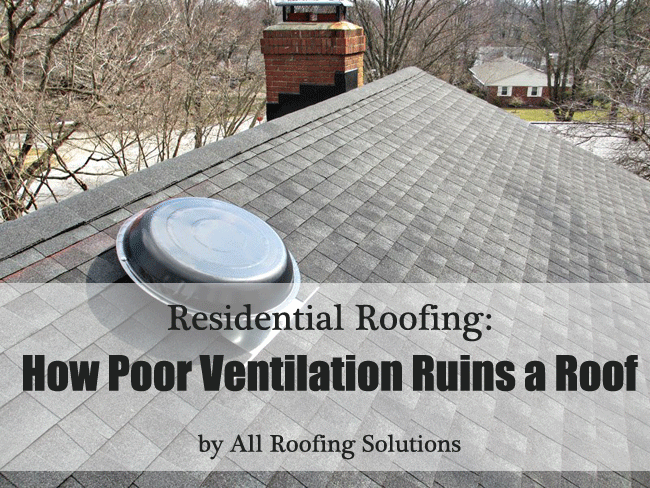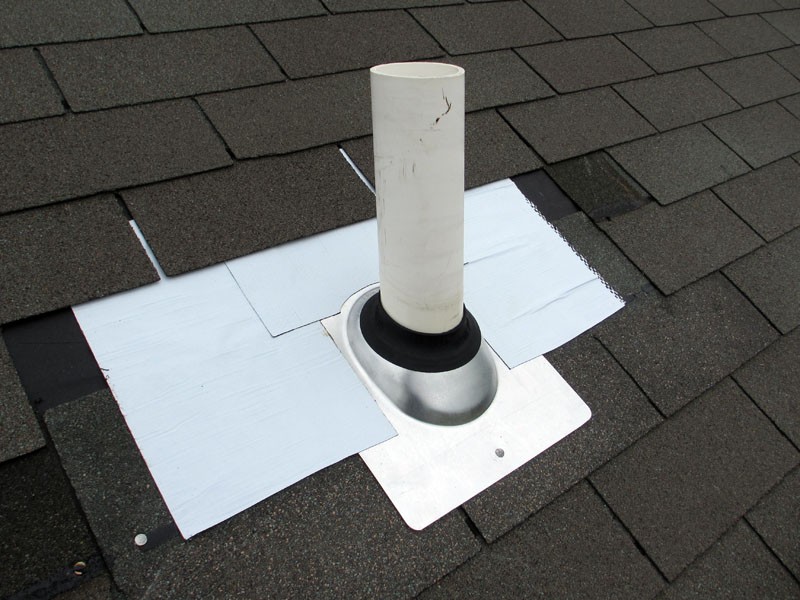
When having new roof installed, most homeowners focus on ensuring they get a quality roof that adequately protects their home from the elements. One thing that’s critical yet rarely considered, however, is the issue of allowing a continual flow of outside air to enter the attic in order to keep the roofing structure well ventilated. Without proper attic ventilation, numerous problems can arise and the lifetime of your roof may be significantly shortened.
Why Poor Ventilation Is Ruining Your Roof
A properly ventilated roof creates a balance between air intake and air exhaust. Without consistent air movement, problems with temperature and moisture can arise. Because of temperature and moisture extremes, hazards result that may impact not just your roof, but the entire house—along with your finances and even your health.
By controlling extreme temperature and moisture levels through proper attic ventilation, you can:
- lower cooling bills,
- decrease the buildup of mold and mildew, which can adversely impact your health,
- lessen the potential for damage to siding, wallpaper, and interior and exterior paint,
- reduce warping and cracking of wood framing and buckling of shingles,
- eliminate ice dams that can cause leaks,
- prolong the life of the roof.
Ensure Proper Ventilation For Better Roof Health
If your roof is not properly ventilated, what can your roofer do? The solution depends on what is causing the lack of airflow. In the simplest case, there may be insulation or some other material obstructing vents. If this is the problem, a roofer will simply remove the obstruction. In many cases, the lack of ventilation is caused by something more serious—such as a lack of intake or exhaust vents or the inappropriate placement of vents.
Contact All Roofing Solutions, your Delaware roofing repair contractor with over 15 years of experience in examining and repairing attic and other roof problems. We’re here to help with all your roofing needs, and are available to assist you with roof leak repairs, new installations and roofing inspections. Regardless of the problem, our staff of roofers will work with you to determine your needs and provide you with solutions tailored specifically to your home.
To schedule your free consultation, call 302-725-ROOF (7663) in Delaware or 610-551-ROOF (7663) in Pennsylvania. Contact us today and receive a discount of 15% off any roofing repair job.



